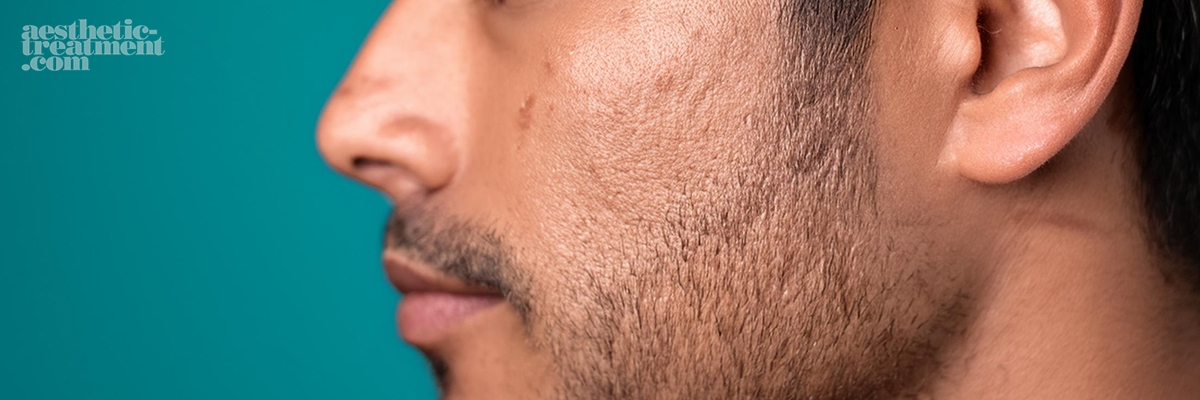Procedure and Expectations
Consultation The process begins with a consultation with a qualified practitioner. During this session, the practitioner assesses the patient’s skin type, scar characteristics, and overall health to determine the most appropriate type and depth of peel.
Treatment During the procedure, the skin is cleansed, and the chemical solution is applied to the treatment area. The solution is left on the skin for a specific duration, depending on the desired depth of the peel. Patients may feel a tingling or burning sensation during the treatment, which is typically well-tolerated.
Post-Treatment Care After the treatment, patients may experience redness, peeling, and sensitivity as the skin heals. It is crucial to follow post-treatment care instructions, such as avoiding sun exposure, using prescribed ointments, and applying a high-SPF sunscreen to protect the new skin.

